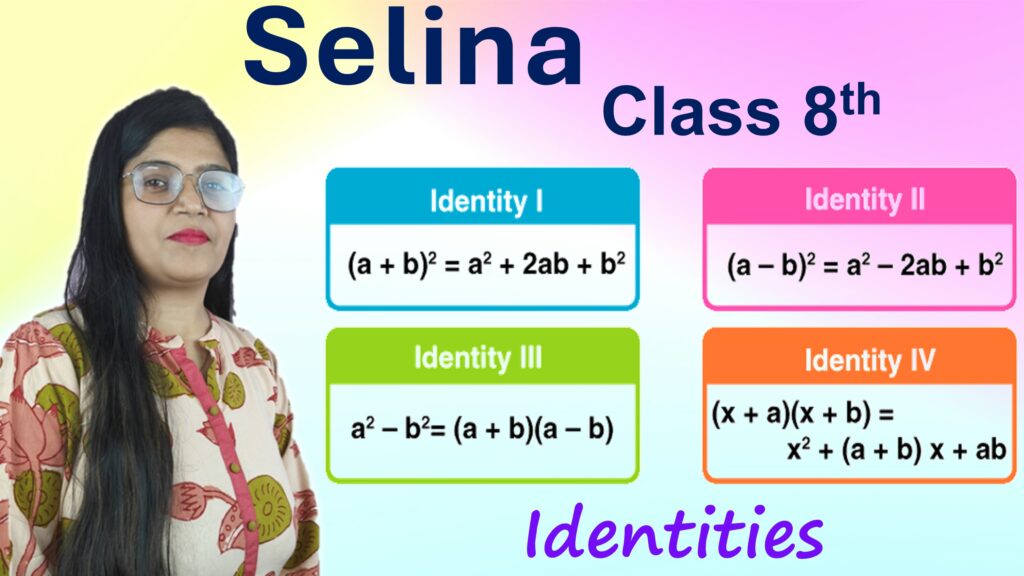Exercise: 2-D
Mental Maths
Q1: Fill in the blanks:
a. If \(\frac{a}{b}\) is a fraction, then a and b are _________.
Answer: natural number
b. In an improper fraction, the numerator is __________ the denominator.
Answer: greater than or equal to
c. The product of two improper fractions is a/an __________ fraction.
Answer: improper
d. \(\frac{a}{b}\div\frac{c}{d}\) equal to the product of \(\frac{a}{b}\) and ________.
Answer: \(\frac{d}{c}\)
e. The product of two proper fractions is _________ than each of the given fractions.
Answer: smaller
f. The reciprocal of a proper fraction is a/an ________ fraction.
Answer: improper
g. The fraction whose reciprocal is equal to the fraction itself is ________.
Answer: 1
Q2: Write true (T) or false (F):
a. In an improper fraction, the numerator is always greater than the denominator.
True: An improper fraction is defined as a fraction where the numerator is greater than or equal to the denominator. Hence, in an improper fraction, the numerator is always greater than or equal to the denominator.
b. The product of two proper fractions can be an improper fraction.
False: The product of two proper fractions cannot be an improper fraction. For example, multiplying \( \frac{3}{4} \times \frac{4}{5} = \frac{3}{5} \), which is a proper fraction.
c. Any improper fraction is always greater than any proper fraction.
True: In a proper fraction, the numerator is always less than the denominator. In an improper fraction, the numerator is always greater than or equal to the denominator. Improper fractions are greater than or equal to 1, and proper fractions are less than 1, improper fractions will always be greater than proper ones.
d. Every unit fraction is equal to 1.
False: A unit fraction is a fraction where the numerator is 1 and the denominator is a positive integer. For example, \( \frac{1}{2} \) is a unit fraction, but not equal to 1.
e. The reciprocal of a proper fraction is an improper fraction.
True: The reciprocal of a proper fraction (where the numerator is smaller than the denominator) will always be an improper fraction (where the numerator is greater than or equal to the denominator). For example, the reciprocal of \( \frac{3}{4} \) is \( \frac{4}{3} \), which is an improper fraction.
f. The product of two proper fractions is always greater than each of the two proper fractions.
False: The product of two proper fractions is always less than each of the individual proper fractions. For example, \( \frac{1}{2} \times \frac{1}{3} = \frac{1}{6} \), which is smaller than both \( \frac{1}{2} \) and \( \frac{1}{3} \).
g. There exists a fraction whose multiplicative inverse is equal to the fraction itself.
True: The fraction \( 1 \) is the only fraction whose multiplicative inverse is equal to itself. The multiplicative inverse of \( 1 \) is \( 1 \), i.e., \( 1 \times 1 = 1 \).
h. The product of a proper fraction and an improper fraction is always less than the improper fraction.
True: When multiplying a proper fraction (which is less than 1) with an improper fraction (which is greater than 1), the result will always be less than the improper fraction. For example, \( \frac{1}{2} \times \frac{5}{3} = \frac{5}{6} \), which is less than \( \frac{5}{3} \).







Leave a Comment